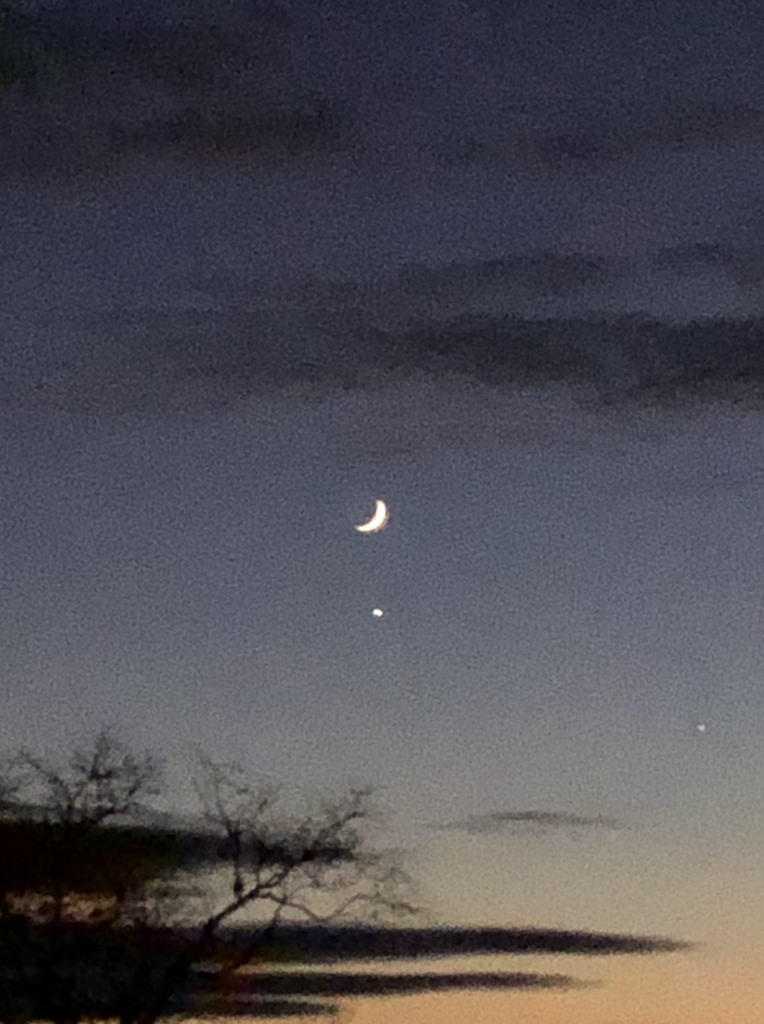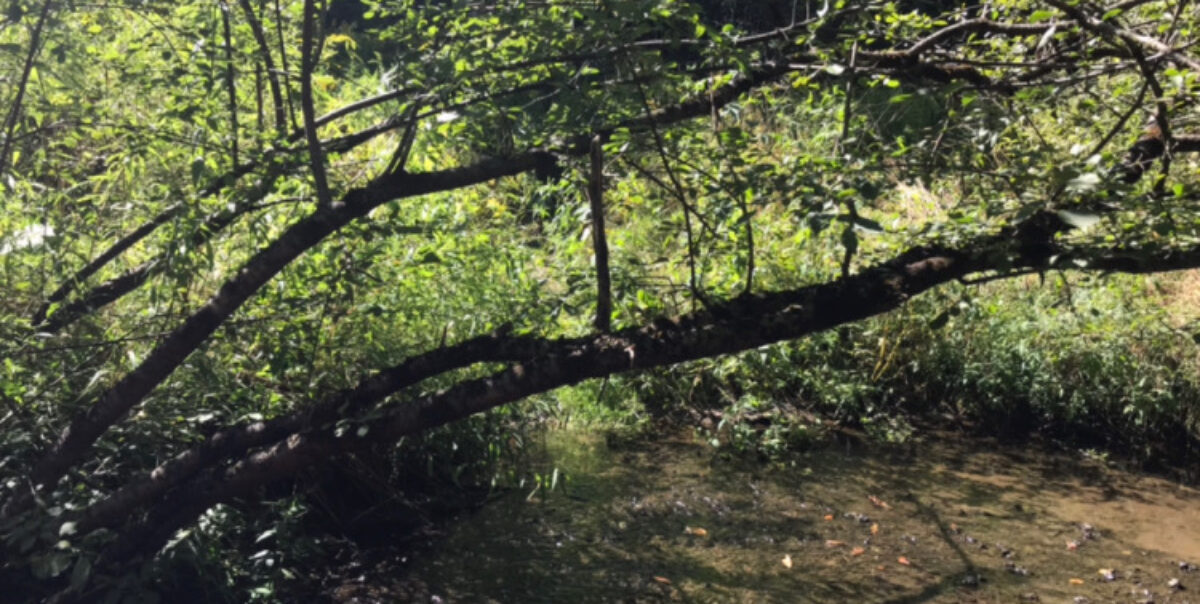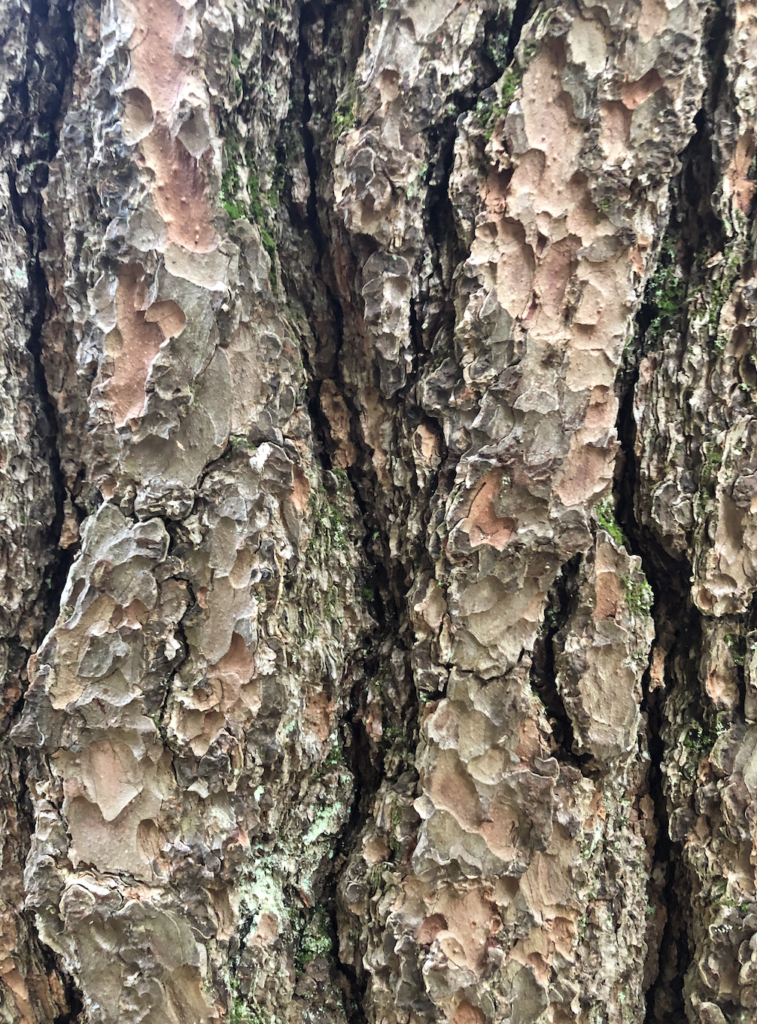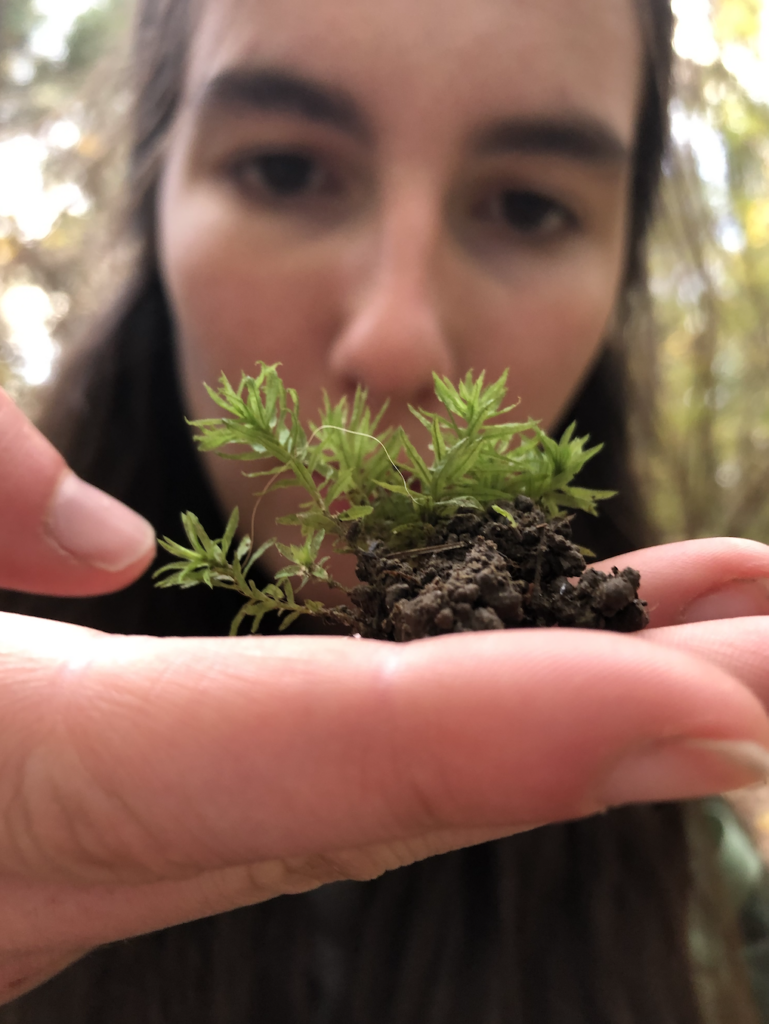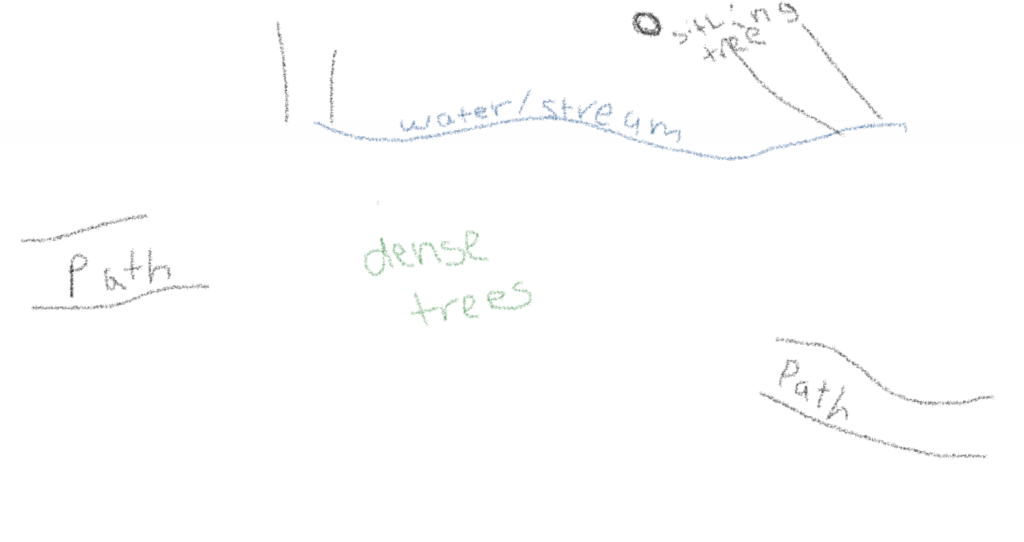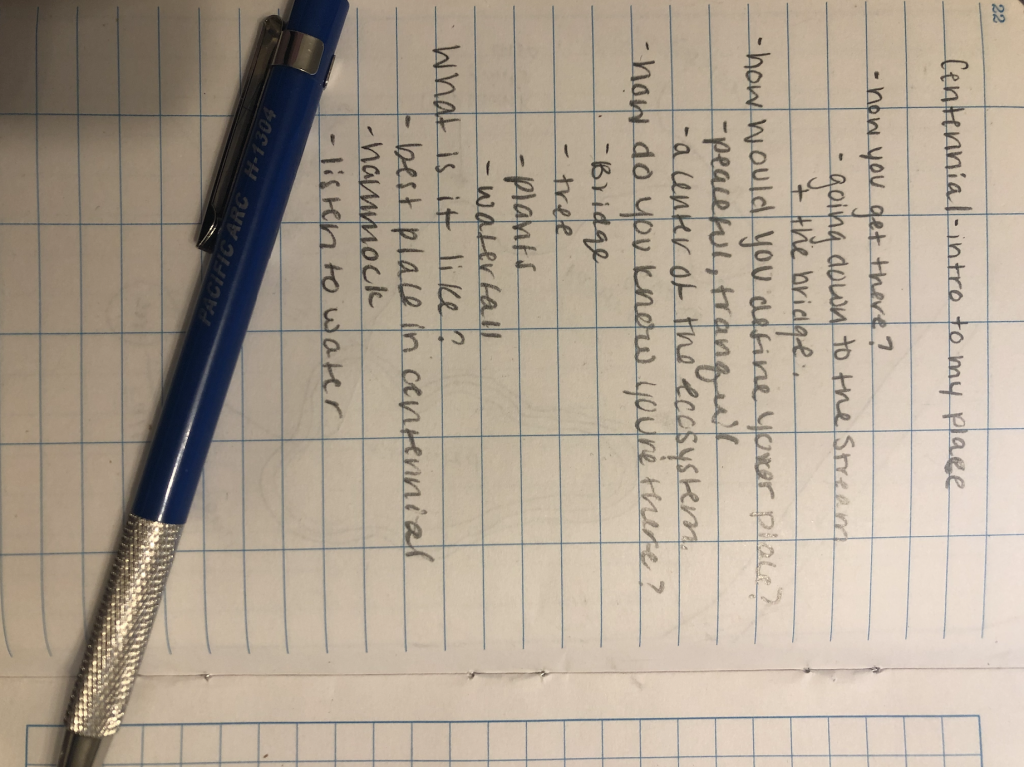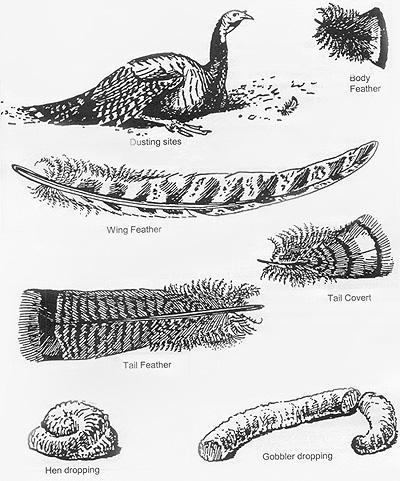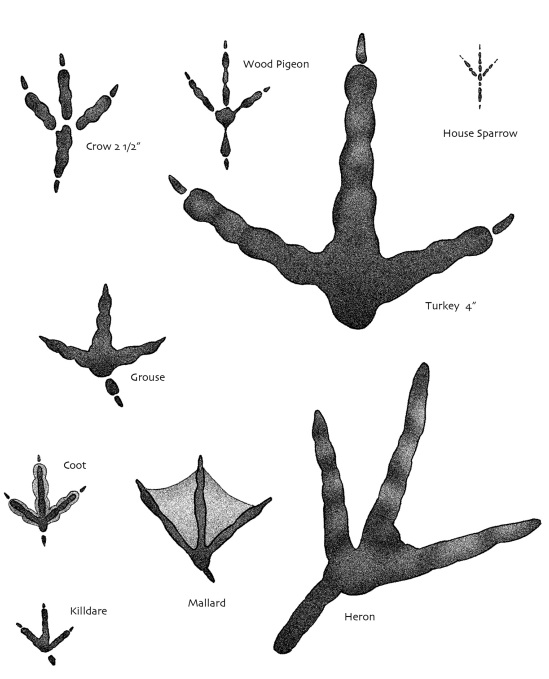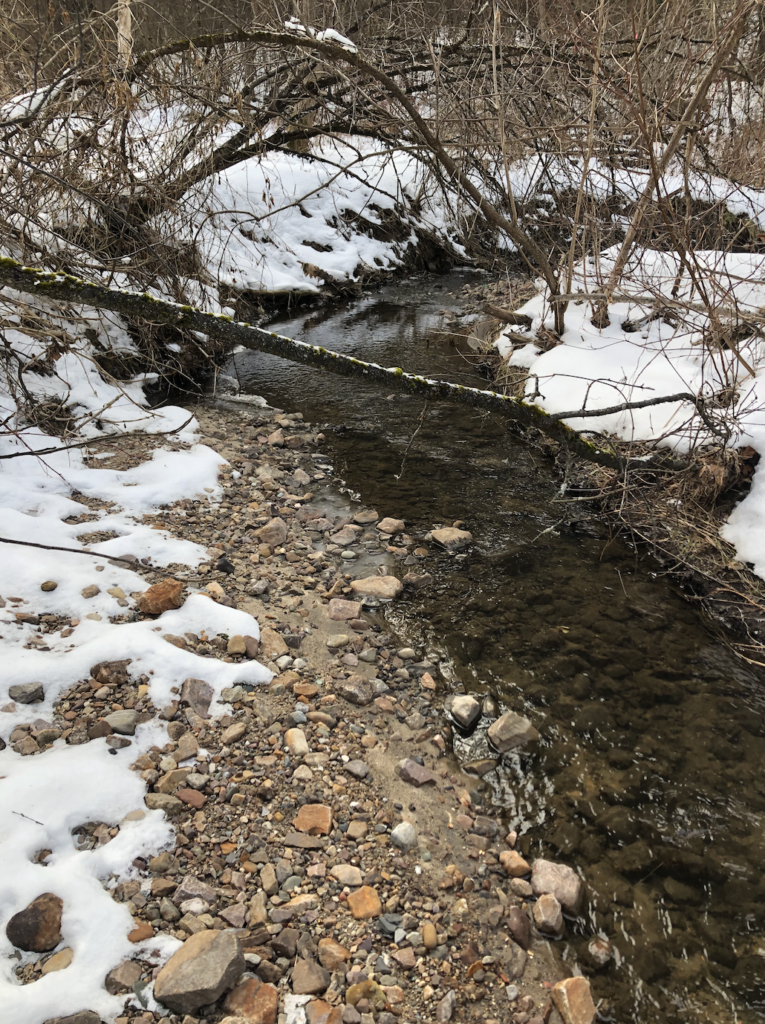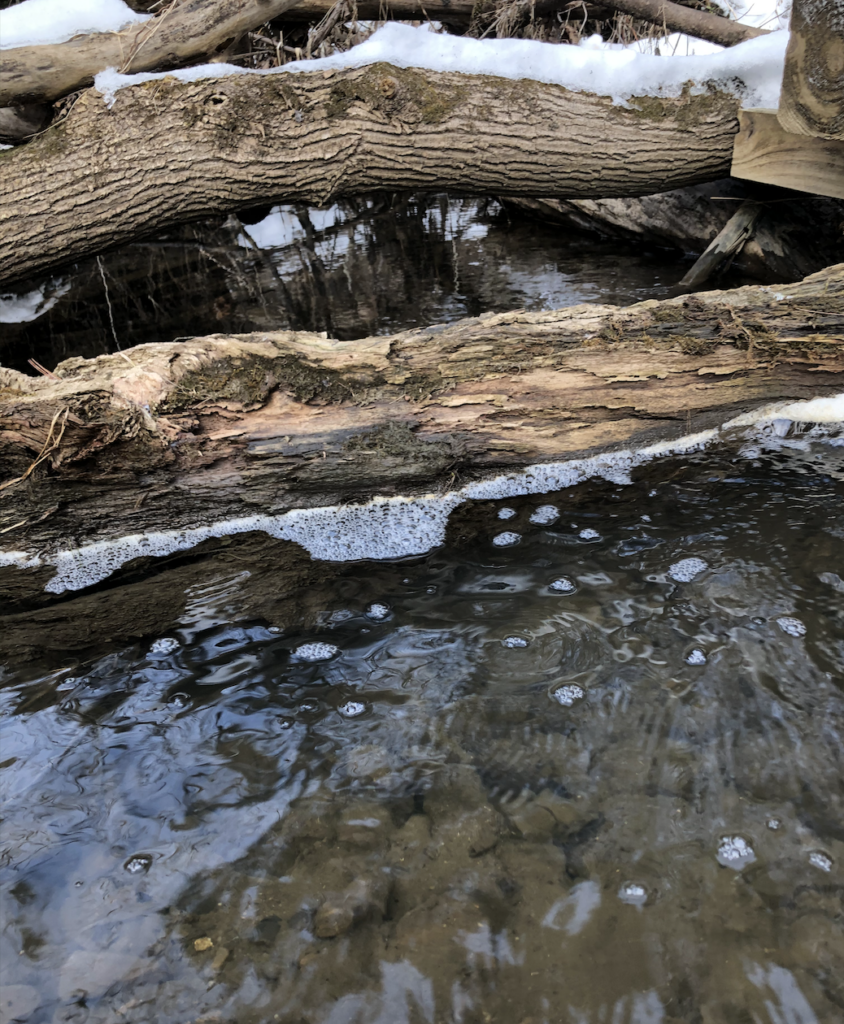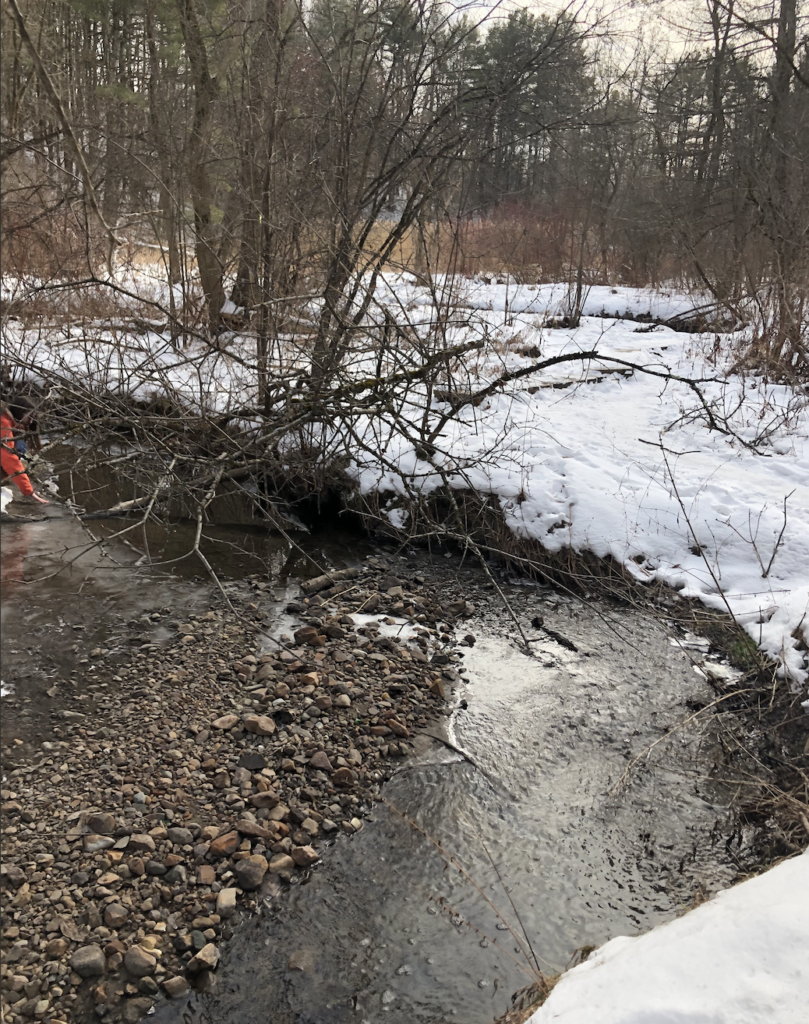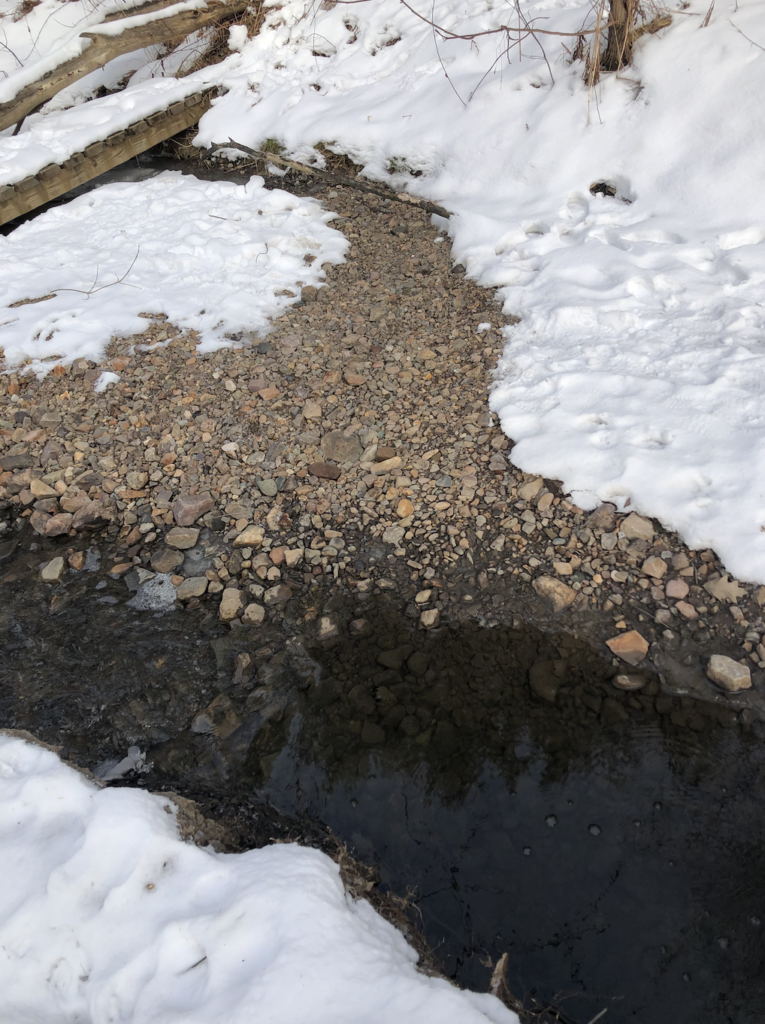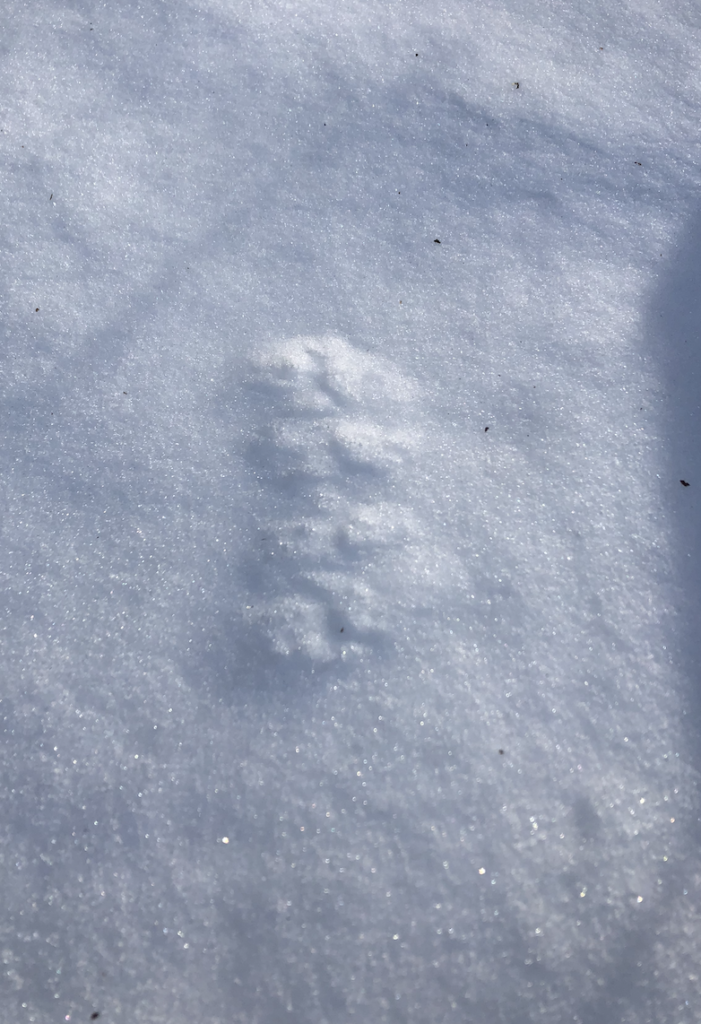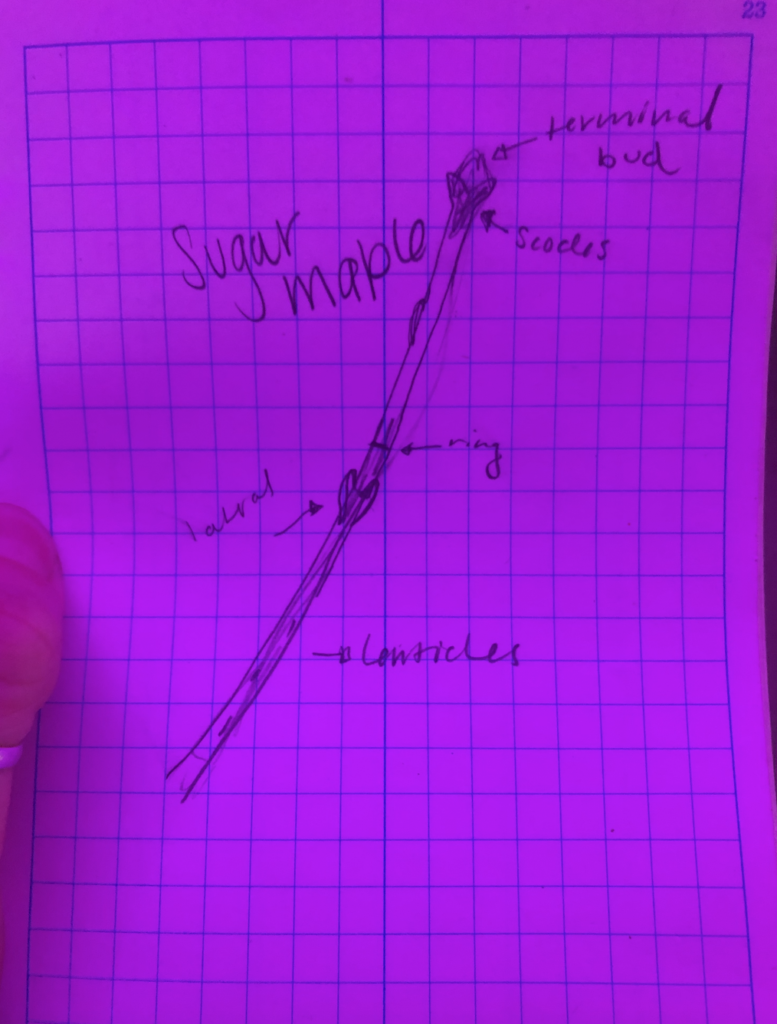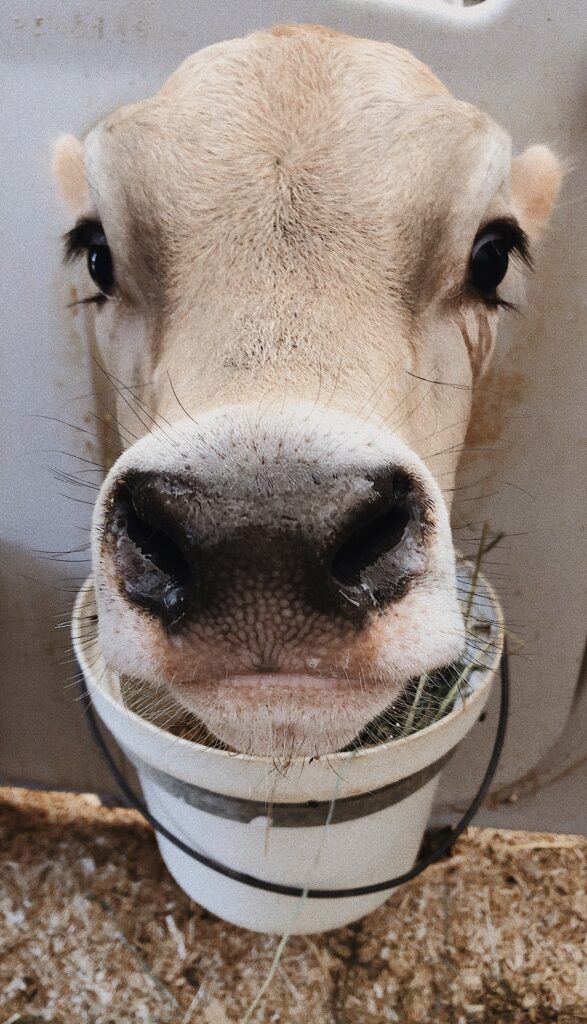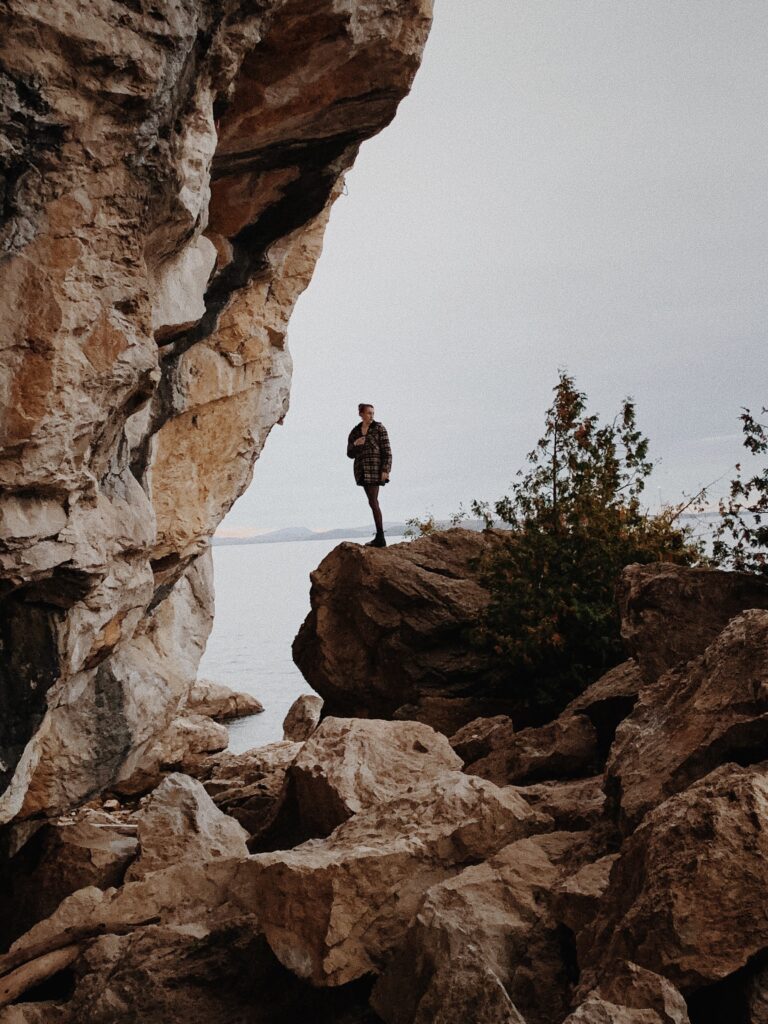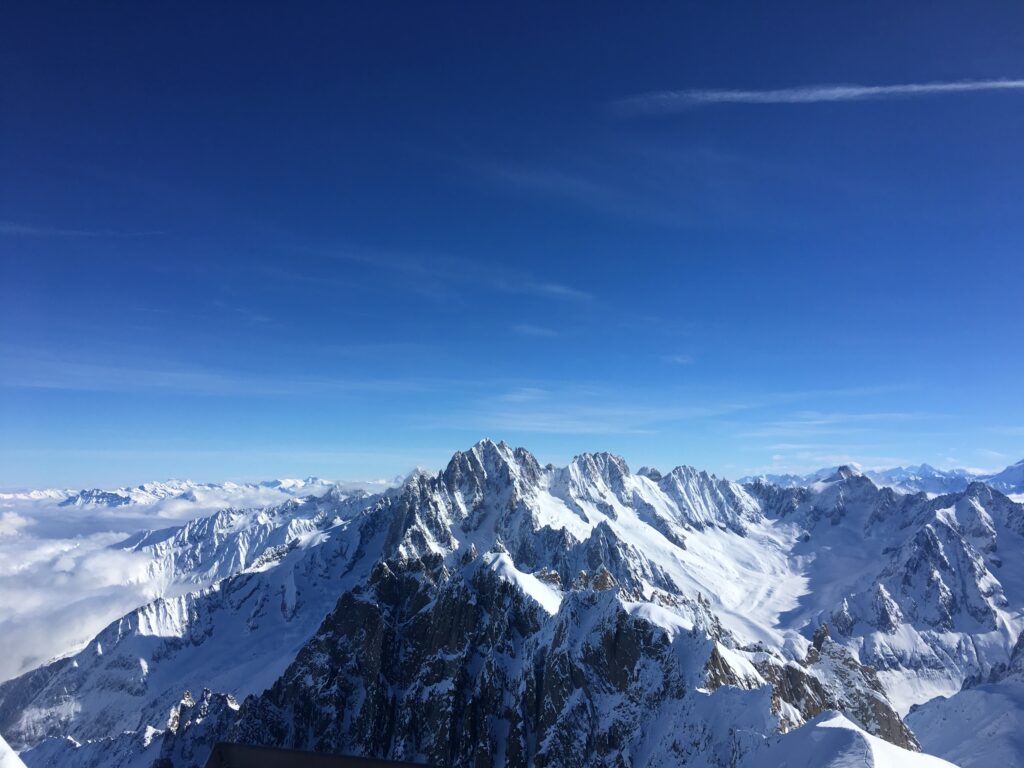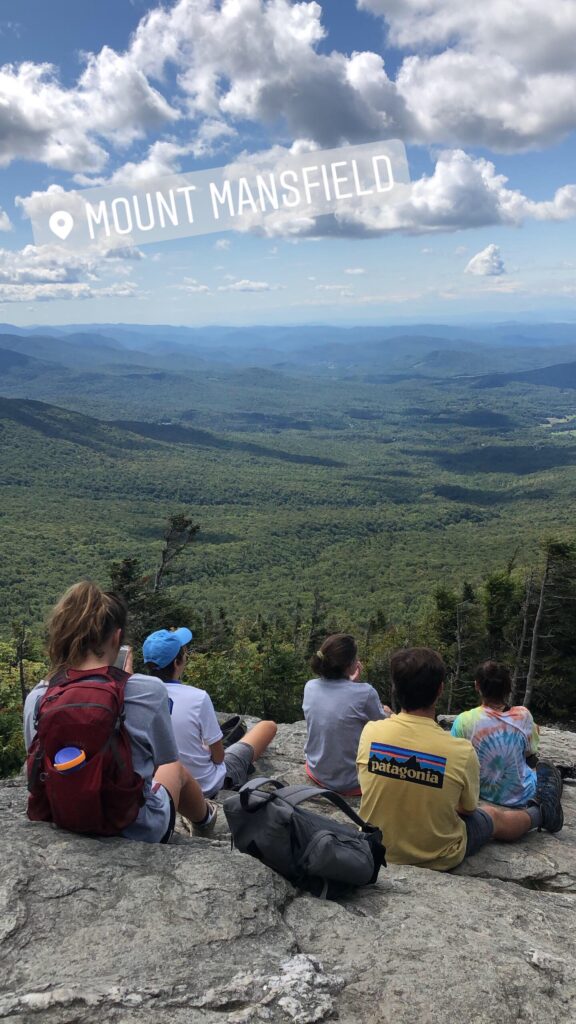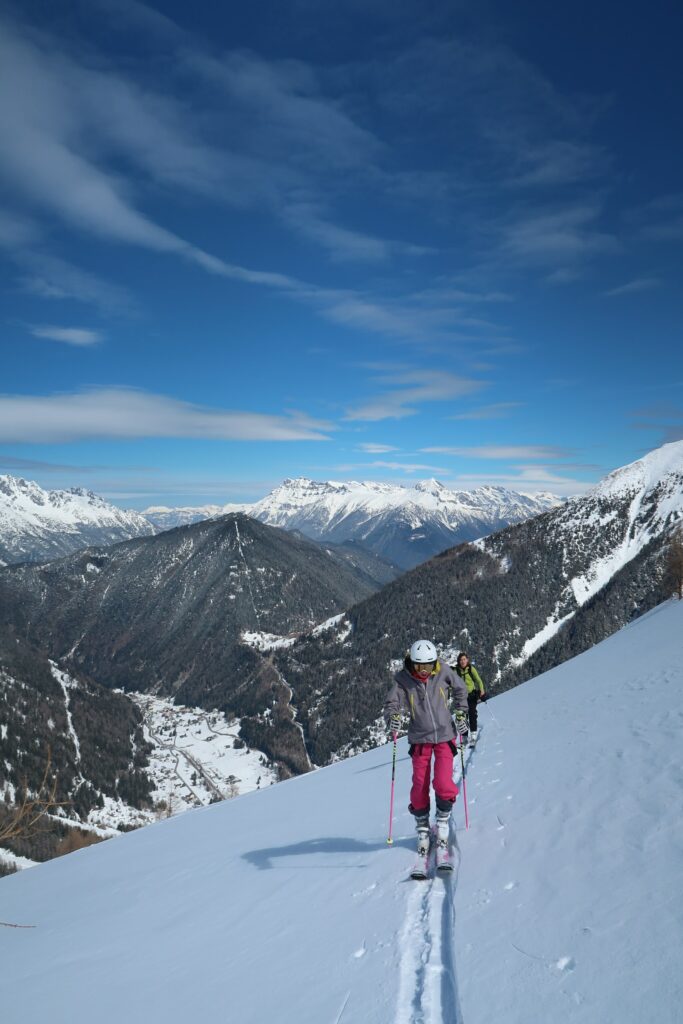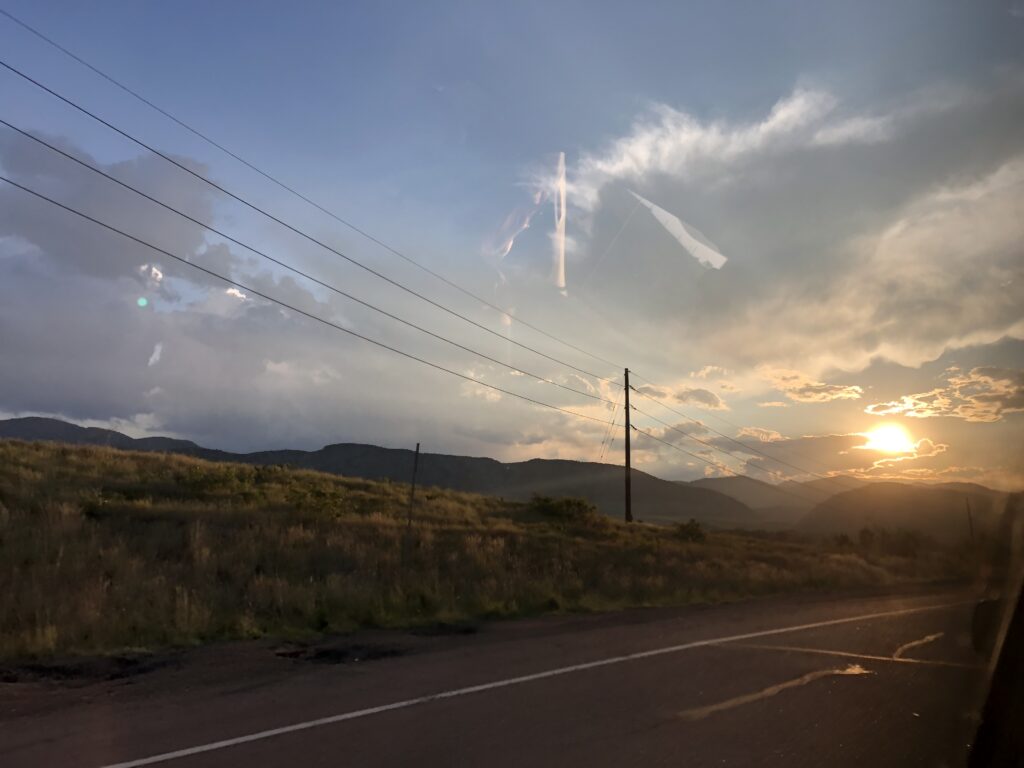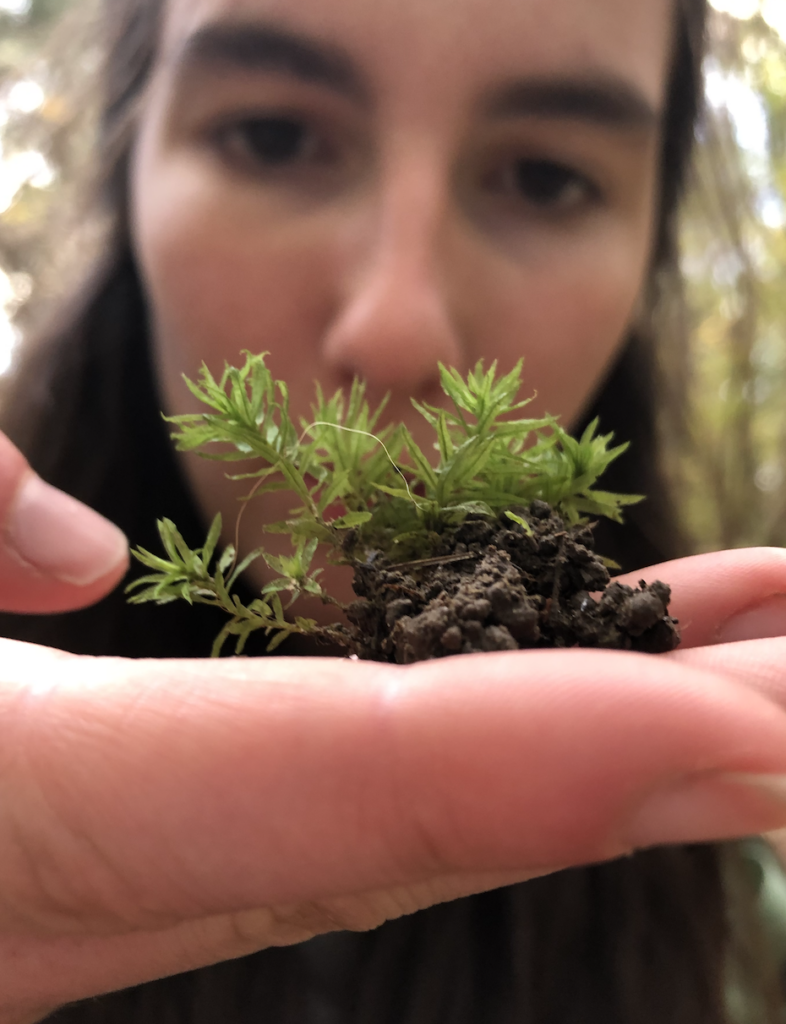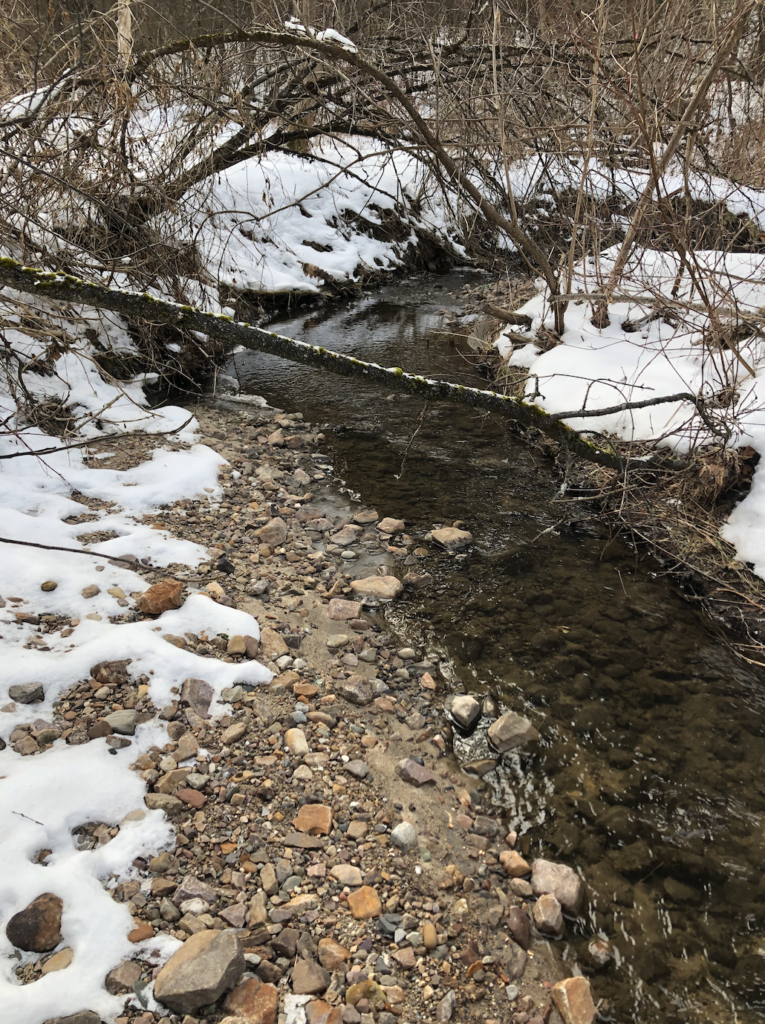Giving Thanks for Home
For this blog post, my sense of place will be my hometown as I am home for Thanksgiving break. I live on Cape Cod in Massachusetts. Here, the weather is mild, the days are sunny, and the wind is blowing across the narrow stretch of The Cape that I live on, which makes it the perfect weather for surfing today. Of course, I will not be surfing today because I am cleaning the house and helping my mother cook for all the guests that will be coming tomorrow.
Cape Cod is an area that is always moving with life. While in the summer here, the population increases by at least two thirds, the fall and winter hold their fair share of exciting happenings. The Cape is home to many species as well, birds, deer, rabbits, raccoons… most common focal species of southern Massachusetts. One thing important about The Cape is it is actually a focal point for many migratory species that effects the life of the people as well. When the Bonito and False Albacore and Stripped Bass come further north in the summer, there is a buzz in the air as the fisherman get ready to go out, the Martha’s Vineyard derby is afoot.
Of Course, now, in November and approaching December, the fish are long gone from the waters. But, it seems that everyone around has caught enough food to last a lifetime and it soaked fish is sure to show up on the Thanksgiving Day table. (It did.)
That is how Cape Cod is in the summer, fast paced and never ceasing, similar to Thanksgiving Day itself if you are in my household. Once the day is over though, the activities of the cape become much more calm. The fish are no longer swimming in Buzzards Bay and Vineyard Sound in mass quantities, and the tourists have disappeared like the fish. This leaves the year rounders like my family, who go to school, come home, and do it all over again the next day.
For me though, growing up and living on the cape still meant more than the day to day. It meant riding my bike on the nike path all the way down to woods hole to go to the the lab at WHOI, taking in the sights of the salt mashes and ponds as a flew by. It meant walking my dog on the cranberry bod and holding my ground as she pulled toward mallard ducks that sat in the trenches.
To me, Cape Cod is beautiful and full of life, even when everyone leaves when august comes to an end. We still have species that depend on the waves and the water. We still have life.
